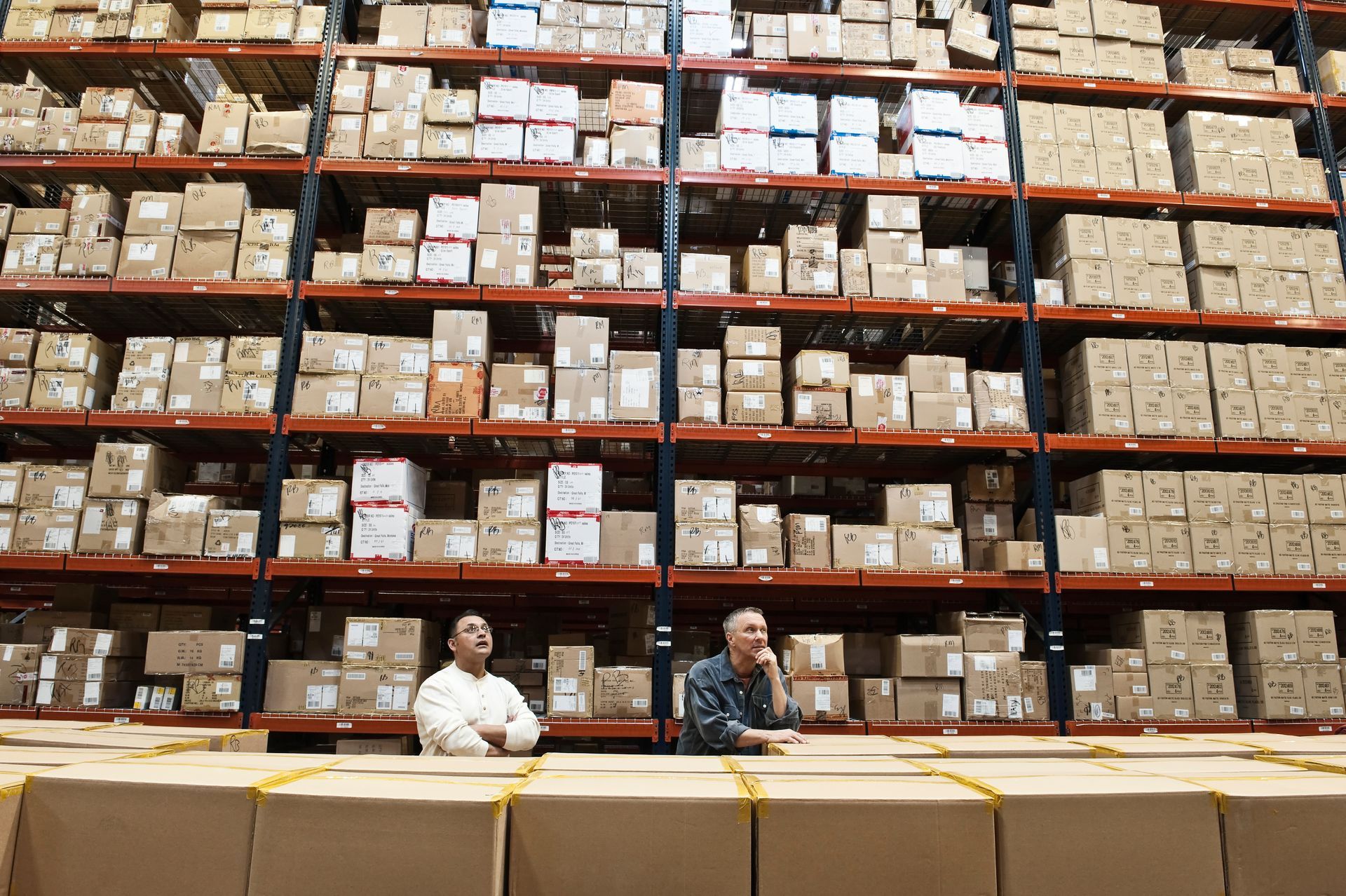Bankruptcy Boom in 2025: What It Means for the Closeout Industry
Liquidation industry veteran Allen R. Klein weighs in on this year’s retail shakeup — and how it’s creating opportunities in the surplus supply chain.

The first quarter of 2025 has delivered a powerful jolt to the U.S. retail sector. Household names like Forever 21, Joann Fabrics, Big Lots, and Party City have all filed for Chapter 11 bankruptcy, joining a growing list of national chains grappling with slowing foot traffic, bloated inventories, and tightening credit markets.
While these headlines spell trouble for traditional retailers, they’re sparking a different kind of momentum in the closeout and liquidation industry — a sector built to thrive in times of transition.
“This isn’t just a bump in the road,” says Allen R. Klein, president of Allen R. Klein Company. “We’re witnessing a structural shift in retail — and when big players go down, they leave behind massive amounts of merchandise that still has real value in the secondary market.”
Liquidation Surge: What’s Hitting the Market
With each bankruptcy comes a wave of excess inventory — from fashion and footwear to seasonal decorations and crafting supplies. The impact is immediate: liquidators, resellers, and discount retailers are seeing an influx of product that needs to move quickly, affordably, and strategically.
Klein reports that the volume of surplus goods entering the market in Q1 already exceeds what his team handled in the same period last year. Much of it comes from highly desirable categories, including:
- Branded apparel and accessories
- Craft supplies and home décor
- Party goods and holiday merchandise
- Furniture and general housewares
“We’re seeing truckloads of inventory enter the market weekly,” Klein notes. “Some of it is untouched retail product, some is warehouse overstock, and all of it represents opportunity — if you know how to handle it.”
The Logistics Advantage
Retail bankruptcies don’t just create inventory surpluses — they create logistics challenges. Warehouses fill quickly. Vendors need fast solutions. And timing is everything.
This is where seasoned liquidation partners shine. Firms like Allen R. Klein Company step in to evaluate, acquire, and move product with speed and precision — minimizing loss for sellers while opening up value for secondary buyers.
“It’s not just about buying pallets,” says Klein. “It’s about knowing when and where to step in, how to evaluate the product, and how to match it with the right buyer. That’s where experience makes all the difference.”
A Prime Moment for Resellers
The influx of liquidated goods also creates a compelling opportunity for resellers — whether through online marketplaces, discount retail stores, or international export channels.
But Klein offers a word of advice:
“Start with what you know. Focus on trusted suppliers, and don’t try to be everything to everyone. There’s real profit in closeouts — but only if you know how to buy smart.”
What’s Next: More Disruption on the Horizon
With economic pressures still mounting, many analysts believe the worst isn’t over for retail. Categories like home improvement, mid-tier department stores, and even big-box players could face similar challenges in the months ahead.
“I don’t think we’ve seen the last major bankruptcy this year,” Klein predicts. “And with that, more product will enter the secondary channel. We’re preparing for it — more space, more buyers, more deals.”
Conclusion: Adapt and Thrive
The 2025 bankruptcy wave is disrupting retail — but it’s accelerating growth in the liquidation space. For businesses with excess inventory, and for resellers seeking quality goods, this is a critical moment to connect with trusted partners.
Allen R. Klein Company is ready to help businesses navigate these changes — turning surplus into opportunity and risk into revenue.
📞 Ready to Buy or Move Inventory?
Contact us today to learn how we can help you unlock value in the closeout market.


